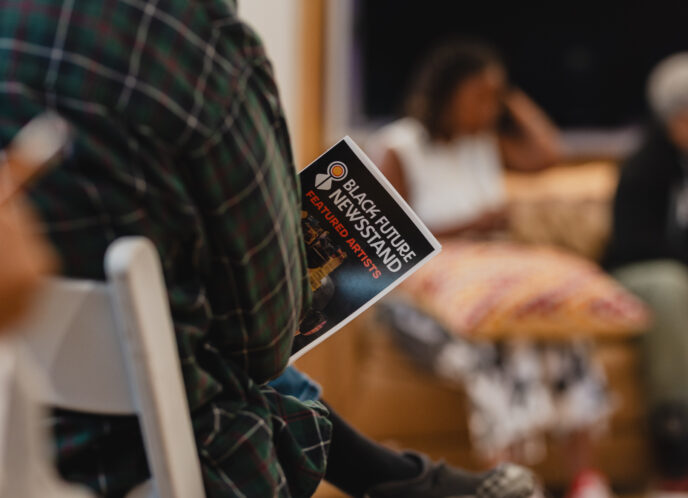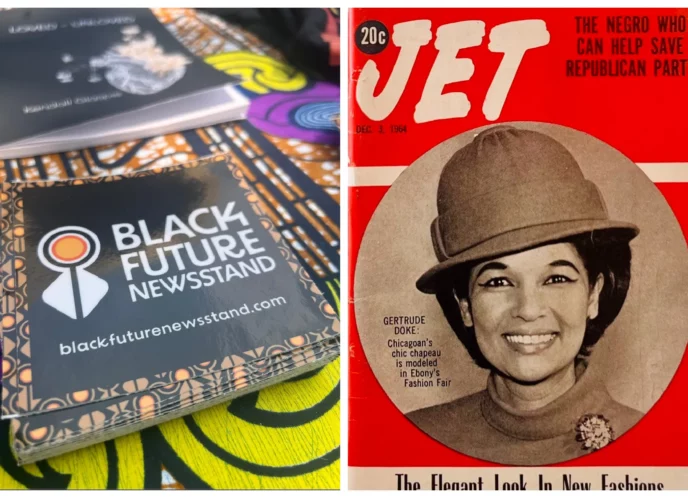The Oscar award season is here, but there’s something else that should be on movie buffs’ minds other than Timothee Chalamet. Artificial Intelligence, specifically generative AI, seems to be everywhere because it is everywhere. In the classroom, students are using Chat GPT as an easy workaround for homework while teachers use the platform for lesson planning. Family members on Facebook are using AI-generated profile pictures. Even META is dedicating $200 billion towards data centers as its investment in AI continues to grow. We’re in a moment where AI-generated/enhanced content is and will continue to be delivered to people in a wide variety of ways that will be increasingly difficult to opt out of. And unsurprisingly, we are also seeing it increasingly used in another major area of society— the silver screen. Parallelling the rise of tech in our homes, communities and society at-large, we’ve seen the rise in the use of technology in film, painting fantastical worlds more realistically with tools like CGI. But what are the implications of AI in the film industry?
Amongst many other controversies this Oscar season, AI in film has been a major talking point among the masses, as people vocalize how film has taken a turn for the worse by allowing generative AI into the art form as a way to meet Hollywood’s capitalist bottom line.
Hollywood has always utilized new technologies to make filmmaking easier for production teams. No need to risk the physical safety of your actors by doing a fight scene on a moving train. We can CGI that! For Dune Part Two, creators used AI to help VFX editors alter the whites of the Freman’s eyes into the iconic blue, cutting down the editing time from a handful of Freman characters in Part One to thousands on screen in Part Two.
Imagine scrubbing through hours of footage and individually rendering the whites of each character’s eyes. The sheer scale of the task is exactly why tech in the arts can be helpful to the artist. The same team that worked frame by frame in Dune Part One to edit the blues into characters’ eyes, created an algorithm to help with the sheer number of outputs they would need to accomplish for Dune Part Two. But rest assured, this tech intervention did not replace workers; this only made the work easier for the team. This could be the purpose of technological advancement in cinema, to be a tool to support artists, not remove them completely from the equation. But that’s not always the case. Even as recently as the beginning of February, more than 2,500 video game performers (voice and motion capture actors) are on strike for protections against AI taking their jobs.
Director Brady Corbet has been under fire as news outlets caught wind that AI was used in The Brutalist to alter the vocal performance of its two main actors. Their vocal performance was put through an AI audio technology called Respeecher and “was used in Hungarian language dialogue editing only, specifically to refine certain vowels and letters for accuracy”. What strikes most as concerning was that AI was used as a means to an end because of budget restrictions. The Brutalist, an almost four-hour goliath of a film, was working under a $10 million budget — a modest number in comparison to last year’s major blockbuster, Best Picture winner Oppenheimer with a $100 million budget. But the takeaway remains the same: Hollywood’s only concern is profit. In a capitalist system that prioritizes profit above all, AI is rapidly being positioned as the solution to ensure those at the top of the entertainment industry can maintain and increase their wealth at the expense of degrading filmmaking as an art form.
By utilizing AI, someone’s constantly at risk of unemployment. The dialect coach, Tanera Marshall, working on The Brutalist’s set lost valuable hours for the sake of “efficiency,” resulting in less opportunities in an already cutthroat, competitive industry. Another Oscar contender, Emilia Pérez also used AI, this time to enhance the vocal singing performance of its Best Actress nominee, Karla Sofía Gascón. Vocal professionals and teachers lost opportunities for work to “efficiency.” When the Oscars are meant to honor the hard work and artistic achievement of film, the use of AI cheapens the performance. And it begs the question, if you had to use AI to achieve that performance, why not hire an artist who has the talent to do so without digital alteration?
Technology will continue to evolve. Like the transition from silent films to talking movies and black and white to technicolor, cinema is no exception to tapping into technological advancement. But what we must stay critical of is: at what cost? Throughout the summer of 2023, the Writers’ Strike echoed the ongoing disgruntled feelings of film professionals and, more broadly, workers across industries being a stepping stone to corporations’ profit versus being a collaborator with respect and dignity. And as this administration continues to make artists’ livelihoods more difficult, this should be at the forefront of our minds as you tune into this year’s Oscars.



